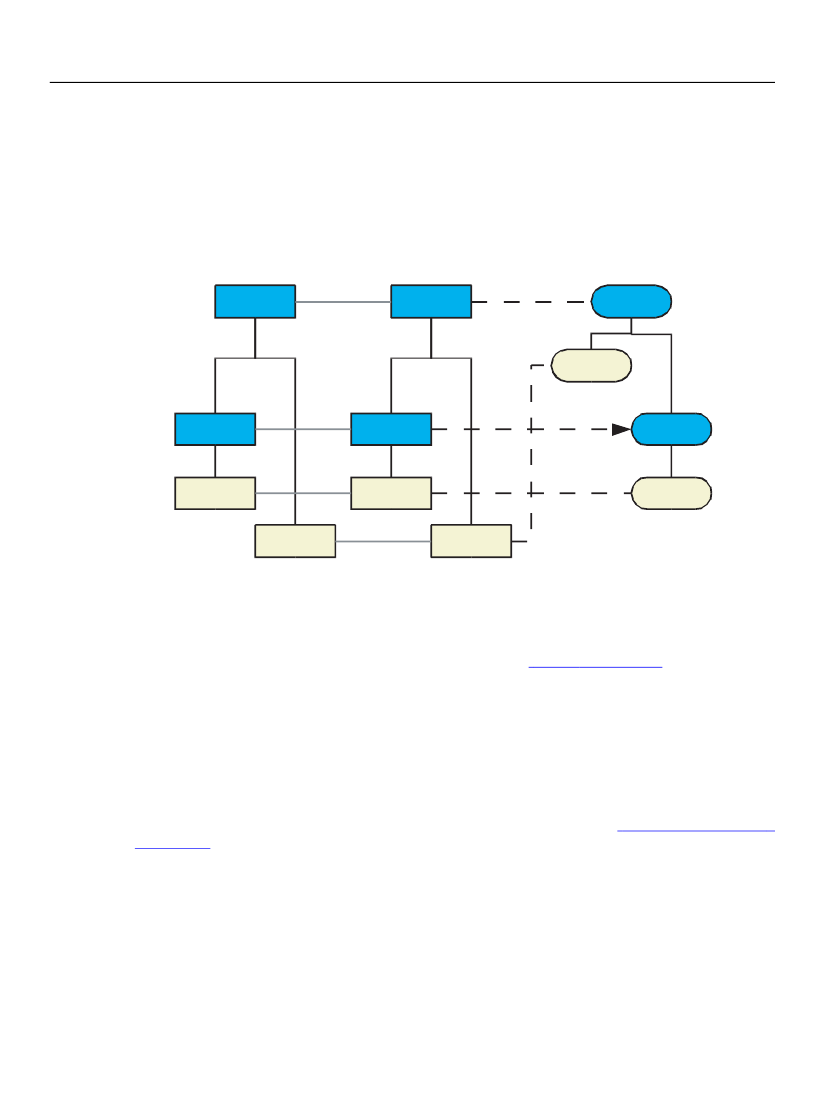
XFA Specification
Chapter 8, Dynamic Forms
Data Binding for Dynamic Forms
274
</subform>
<field name="last"> … </field> <!-- applicant's last name -->
…
</subform>
</template>
The result using this template fragment and the same data is shown in the following figure. This is the
desired result.
Template DOM
application
Form DOM
application
Data DOM
application
last
“Abbot”
sponsor
sponsor
sponsor
last
last
“Costello”
last
“Abbot”
last
“Costello”
last
Explicit data reference prevents unwanted scope-matching
Globals
A field or exclusion group can bind to global data, as described in
“Globals” on page 212.
However globals
play a passive role in data binding. That is, the binding process does not drag in a subform into the Form
DOM just because the subform contains a field or exclusion group that matches to a global. However once
a subform has been dragged into the Form DOM, any field or exclusion group within that subform that
does not match non-global data may fall back to binding with global data.
Explicit Data References
An explicit data reference (using the
dataRef
sub-property) may cause a subform, field, or exclusion
group node to bind to data which would not otherwise match it, as described in
“Explicit Data References”
on page 176.
During dynamic binding this is treated as a special case. If the data has not already been
bound to a node in the Form DOM then the subform, field, or exclusion group declaring the explicit data
reference is dragged into the Form DOM and a binding is established. However if the data node is already
bound to some other node then the declaring subform, field, or exclusion group is not dragged into the
Form DOM. One way of looking at it is that the referenced data is treated as ordinary non-global data as
long as it has not yet been bound, but once bound it is treated like global data.